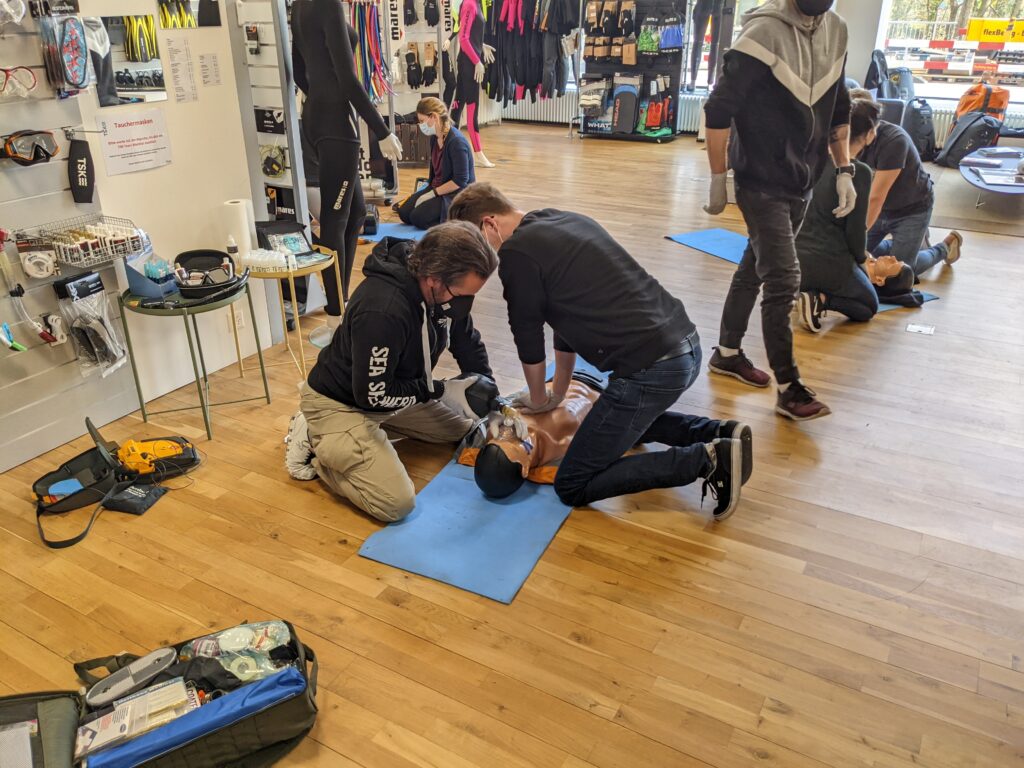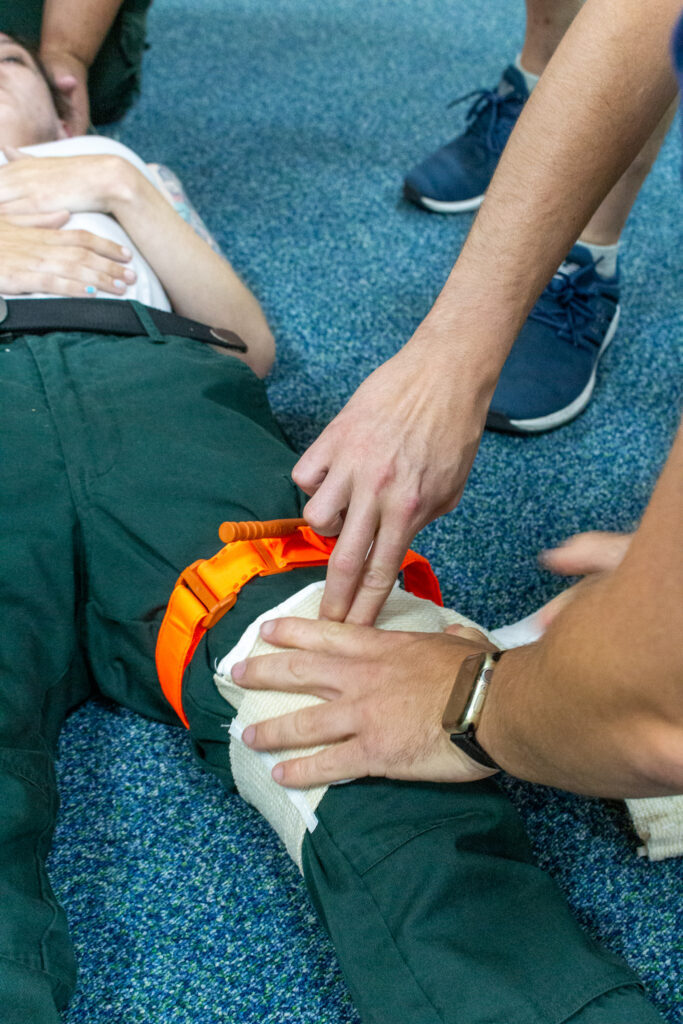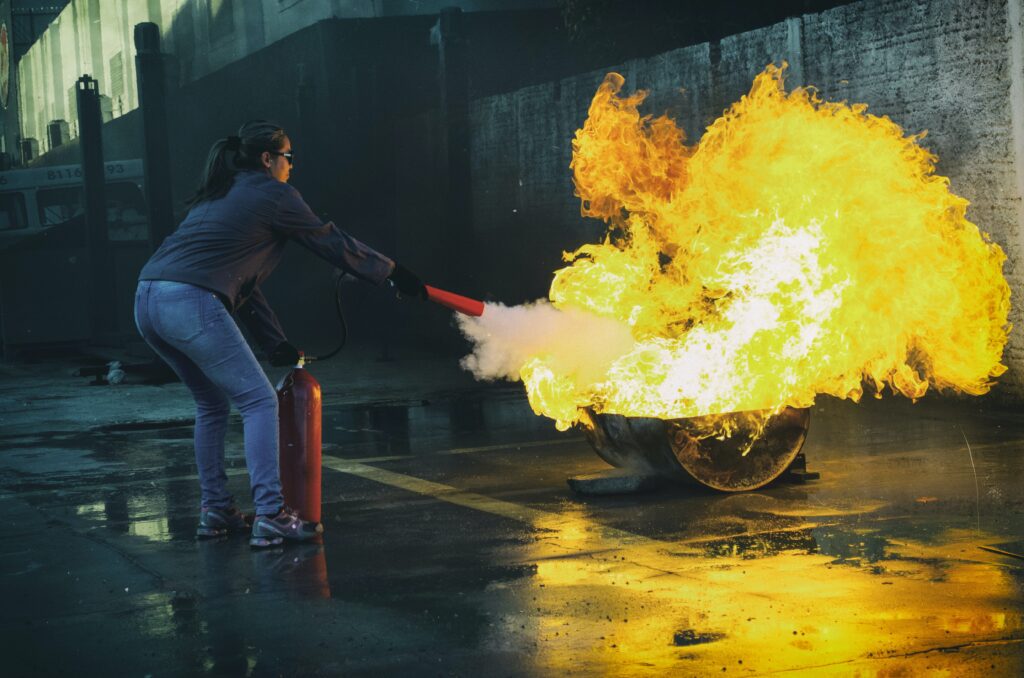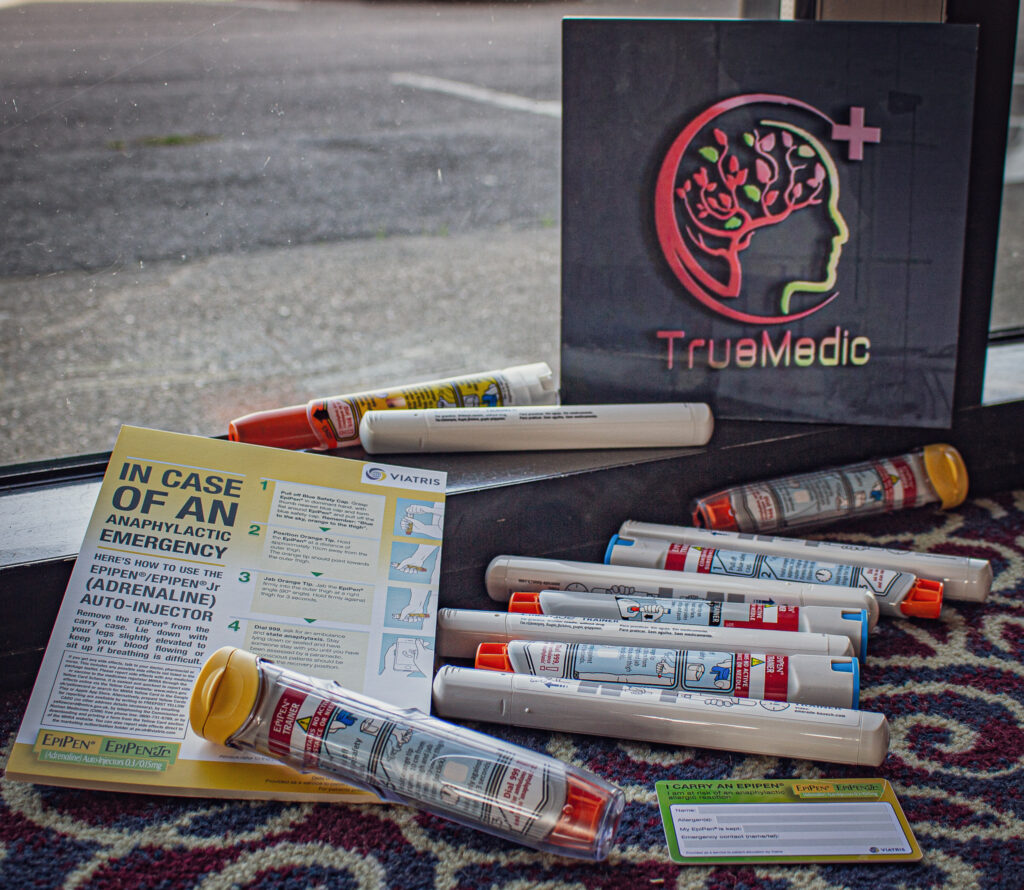Do you know paramedics often face a lot of physical demands in the line of duty? As such, aspiring paramedics need to prepare physically before joining the profession. Many think being a paramedic is about knowledge and skills, but that’s not entirely true. Working as a paramedic requires mental capabilities and physical fitness to tackle different situations.
A paramedic needs physical strength to lift and maneuver patients from place to place. Paramedics also need to climb stairs while carrying their equipment or wheeling stretchers. Therefore, physical strength is crucial for paramedics to perform their duties efficiently and effectively.
Paramedics do not necessarily need to build large muscles like a bodybuilder. Still, small exercises such as push-ups, planks, and jumping jacks can aid in developing the physical strength required for the profession.
This blog post further explores some advice on how to get physically prepared for being a paramedic.
What Is A Paramedic? | A Basic Overview
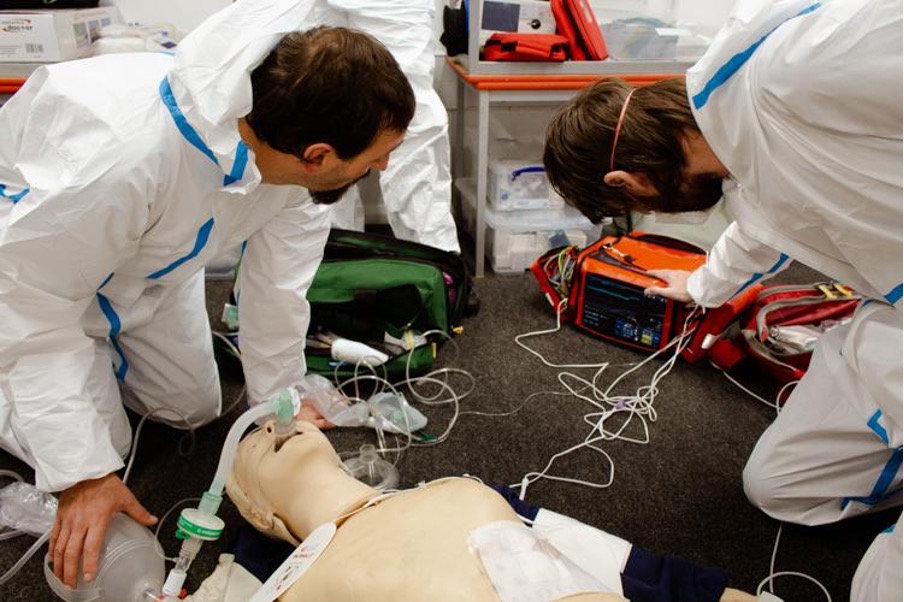
A paramedic is a healthcare professional who helps people needing medical treatment or attention. They often respond to emergency calls, providing support and treatment on scene before transporting patients to the hospital for further care. Paramedics work alongside doctors, nurses, firefighters, and other emergency personnel to deliver life-saving services.
The revenue of the NHS ambulance services industry is expected to increase in the next five years due to the increasing health needs of the aging population. This also means that the demand for skilled paramedics will rise. [1]
Working as a paramedic is essential in society and requires high physical strength and endurance. While the job title suggests driving emergency vehicles, paramedics are much more than that; they must be able to lift patients onto stretchers, carry heavy equipment, and walk long distances on unpredictable terrain.
Paramedic Training | A Journey That Leads To Saving Lives
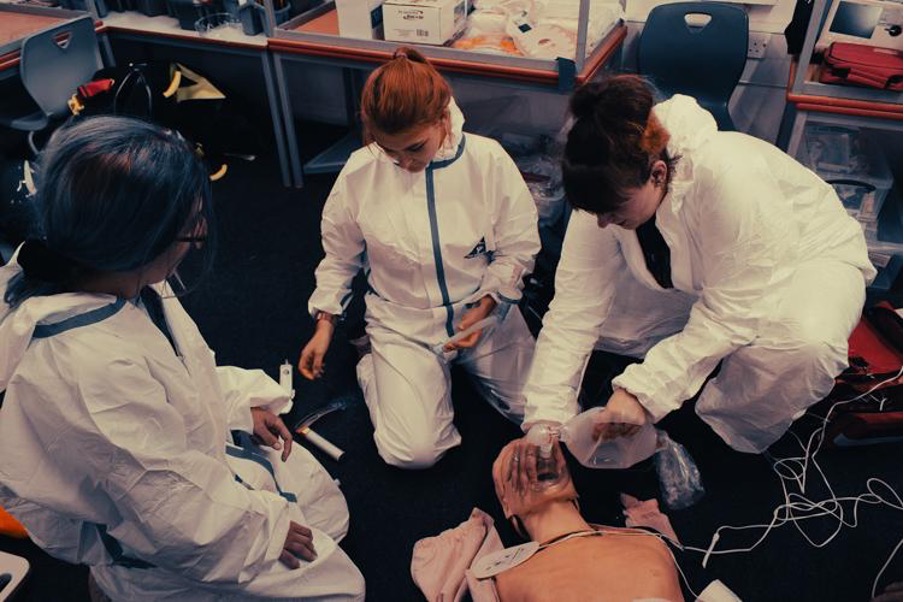
If you’re an aspiring paramedic, the road to becoming one is long. Paramedic training is a rigorous process and requires years of education and on-the-job training.
A paramedic must know the latest medical practices and hold certification from local and state organizations. Following successful coursework completion, paramedics must pass examinations to receive a certificate.
Paramedic training requires an intense curriculum that often includes anatomy, physiology, advanced life support techniques, hazardous materials protocols, and medical ethics. Paramedics Training is of two types:
1. Mental Training
Working as a paramedic requires intense mental and emotional fortitude to stay focused in tense and chaotic situations. Paramedics must also be able to think logically and act quickly when responding to medical emergencies.
Mental training focuses on developing problem-solving, decision-making, critical thinking, multitasking, stress management, and communication skills. For mental activity, the following techniques can be used:
● Taking Mental Challenge Tests And Quizzes
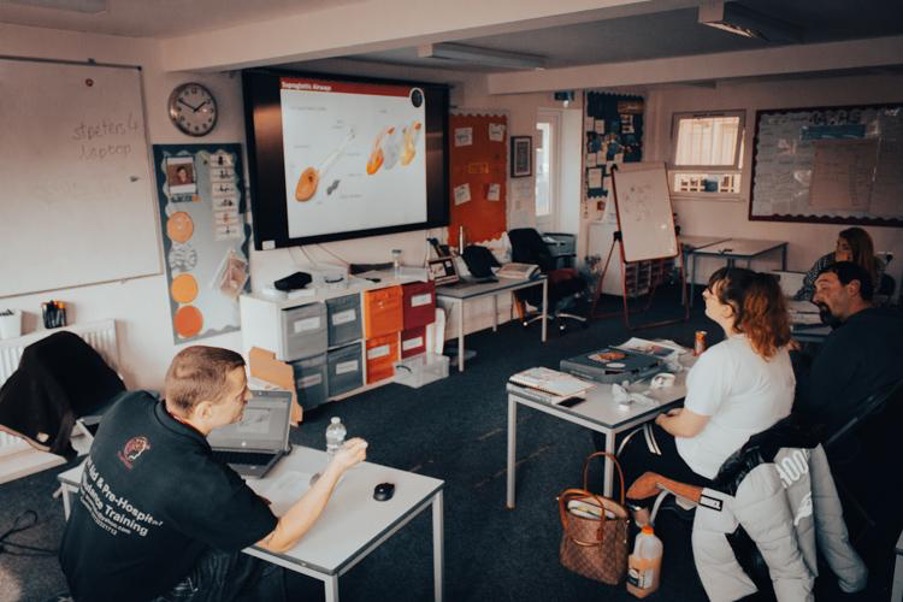
The test and quizzes help paramedics evaluate their abilities by comparing them to the standard. It also helps develop a sense of confidence when tackling tricky medical problems. The test may involve solving complex scenarios and making swift decisions. [2]
● Practicing Emergency Response Protocols
Paramedics must be familiar with the best practices for responding to medical emergencies, such as operating safely in hazardous environments and performing life-saving procedures.
Practicing these protocols can help them stay focused under stressful situations while allowing them to put their knowledge into practice. This practice will help them get comfortable with the best practices for responding to medical emergencies, giving them the confidence they need to handle any situation.
● Developing Empathy For Emergency Patients
When paramedics respond to a medical emergency, they aim to provide the best care possible. While they must be technically proficient in administering treatments and procedures, they must also empathize with their patients.
Developing this skill helps create a trusting relationship between paramedics and patients, which can help reduce anxiety levels and improve patient outcomes.
● Communication Training
Effective communication between paramedics and patients is essential to providing the best care. Paramedics must learnParamedics need to learn to read people’s body language, understand their words, and assess their mental state. Paramedic training should include effectively communicating with patients to convey respect, understanding, and compassion.
2. Physical Training
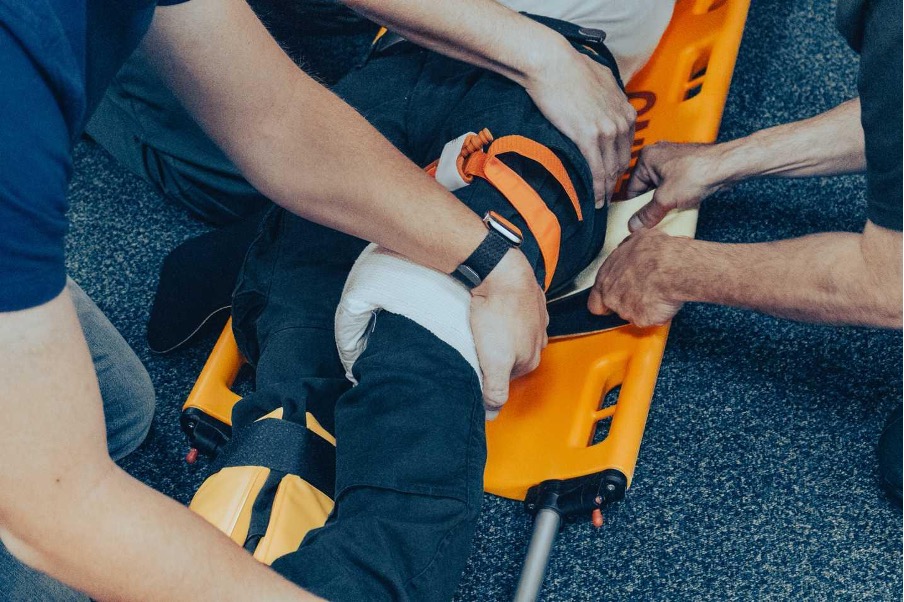
Working as a paramedic is physically demanding, and paramedics must stay in top physical condition. Good physical training should include instructions on lifting and moving patients and proper hydration and nutrition.
Physical activity should also include information on staying safe while working in hazardous environments, such as extreme weather conditions or unsafe homes. A physical training fitness test is necessary and helps measure the physical fitness level of the paramedics. Physical training involves:
● Climbing Stairs With Heavy Loads
Paramedics must often carry heavy loads while navigating hazardous environments, such as medical equipment and supplies. Practicing climbing up and down stairs with a weighted vest can help paramedics build strength, improve endurance, and reduce the risk of injury when carrying large or awkward items. [3]
● Speed Drills
Speed drills can help paramedics develop effective sprinting, running, and agility techniques. Improving speed and coordination can help paramedics react quickly to unexpected hazards or situations during an emergency call.
● Strength Training
Paramedics need a strong core and upper body strength for lifting and carrying heavy objects and performing CPR. Strength exercises like squats, deadlifts, bench presses, and weighted vest exercises can help paramedics become stronger.
● Flexibility Training
Stretching and flexibility training are essential for paramedics to increase their range of motion and reduce the risk of injury. Paramedics should focus on stretching all major muscle groups, including the hamstrings, quads, hips, shoulders, lower back, and core muscles. [3]
● Endurance Training
Working as paramedics are often required to work in high-intensity environments, so endurance is critical. They should aim to incorporate intervals of aerobic activities such as running, swimming, or cycling into their training regimes. Interval training allows paramedics to build up their capacity for working for more extended periods under pressure, with plenty of rest and recovery in between.
Preparing the physical body for a paramedic job is essential to stay healthy and fit, but mental well-being is just as crucial. Practicing mindfulness and meditation techniques is essential to gain the emotional strength to respond effectively during emergencies. Additionally, paramedics should make time for leisure activities such as yoga or reading books, which can help them relax and recharge.
How Can TrueMedic Ltd Assist In Staying Up To Date
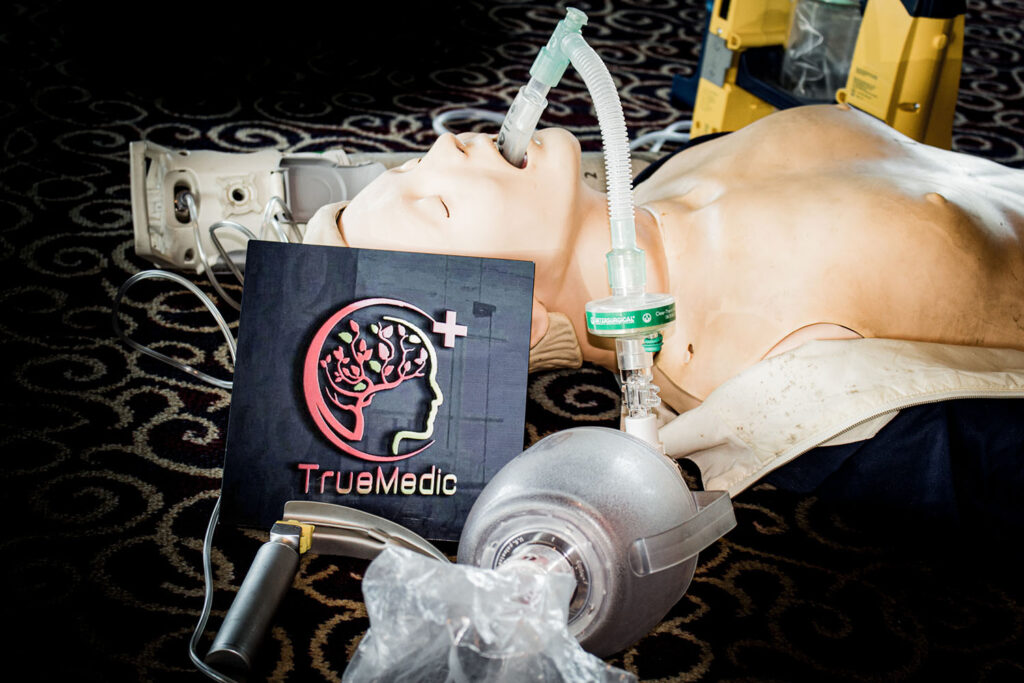
TrueMedic Ltd understand that physical fitness isn’t the only thing that matters. All our courses are designed to help you gain knowledge and practice the latest medical techniques to stay current with industry trends and new developments.
Conclusion
Working as a paramedic is highly rewarding but often physically and mentally demanding. Most paramedics know they should keep their fitness up but may not know how to approach this.
All our services provide comprehensive training that aids in helping get the most out of their medical practice, all while being certified for quality. Other than that, from first aid courses to prehospital courses, TrueMedic Ltd has the perfect solution for everyone.
So don’t wait. Contact us for more details.
FAQs
1. Why do paramedics need to be physically strong?
Physical fitness is a crucial aspect for first aiders, EMTs, and firefighters due to the demands of their work. They must possess enough stamina and endurance to carry out their tasks effectively.
2. What fitness do you need to be a paramedic?
At this moment, most ambulance services require only Lifting assessment and CPR assessment to be able to fulfil operational duties. Lifting assessment includes carrying a 50 kg manikin on stair chair and being able to provide continuous chest compressions on manikin for at least 2 minutes.
3. Can a foreigner be a paramedic in the UK?
The NHS has a workforce that includes many Paramedics from overseas who have joined in recent years. This has been a beneficial addition to the organization’s international recruitment efforts.
References
[1]https://www.monster.co.uk/career-advice/article/become-a-paramedic-uk

